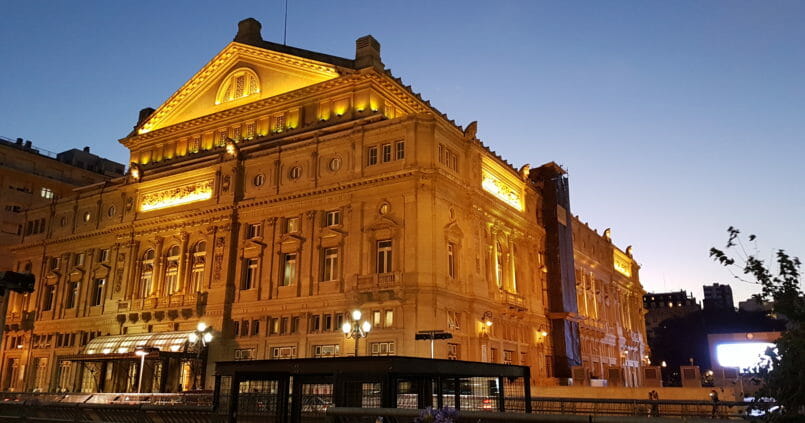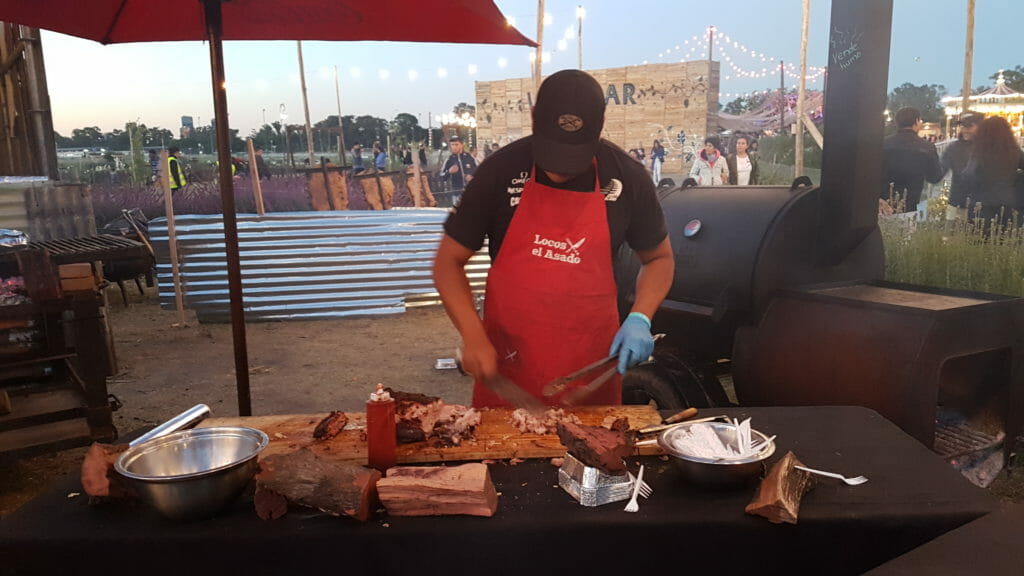Why Buenos Aires?
- I love this city.
- There is so much I still haven’t seen after my first trip a few years ago.
- It’s South America, and I can’t speak Spanish
So I went back to South America in exactly three weeks’ time. However, the travel nightmare began with my first flight to Houston, which was so delayed that I almost didn’t catch the flight to Buenos Aires (BsAs). There were 14 of us on the flight who were trying to catch the connecting flight, thank goodness our flight waited for us, and our arrival gate just happened to be across the way from our next flight.
Day 1: El Ateneo Bookstore and Palacio Barolo Tour
Within 30 minutes of landing I was out of customs and immigration and waiting for my bus into town. Since I only had a carry-on bag, I could go to a separate line and avoid the longer x-ray lines. I booked a Tienda León bus to take me directly to my Airbnb in Recoleta, with a intermediate stop at their bus terminal near Retiro station.
By the time I arrived at the Airbnb, my hosts were already waiting for me. They explained everything, including the history of the building, which was originally housed workers at the British Embassy next door. The studio was just perfect for one. It had an extremely small kitchen (it was less than a closet), but I wasn’t planning on cooking so I was fine with it. I quickly settled in and was ready to be outside.
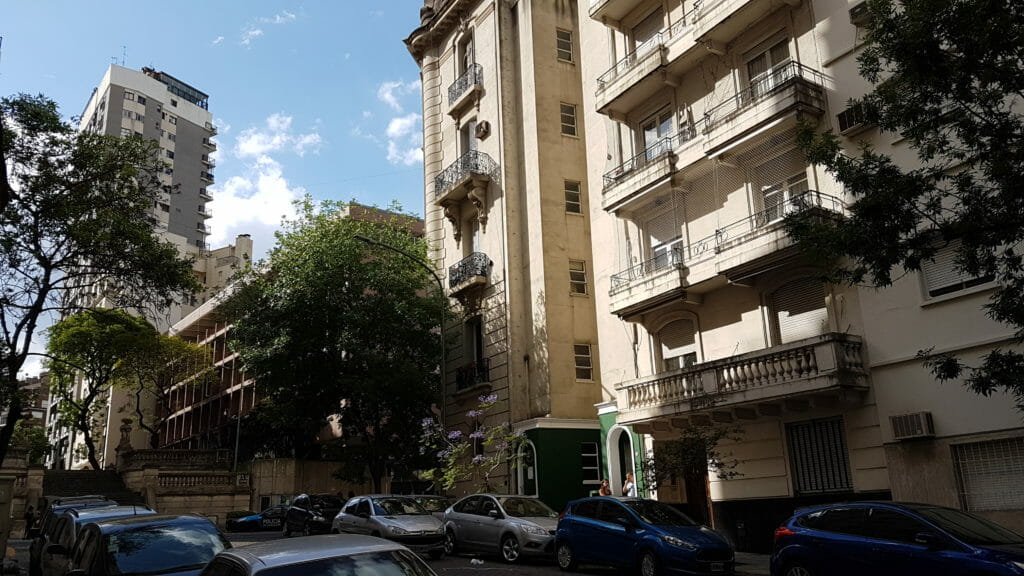
Nearby was the El Ateneo Grand Splendid Bookstore, which was an old theatre and cinema that was then converted into a lovely bookstore. I saw the bookstore from almost every angle, but even then I still couldn’t take it all in.
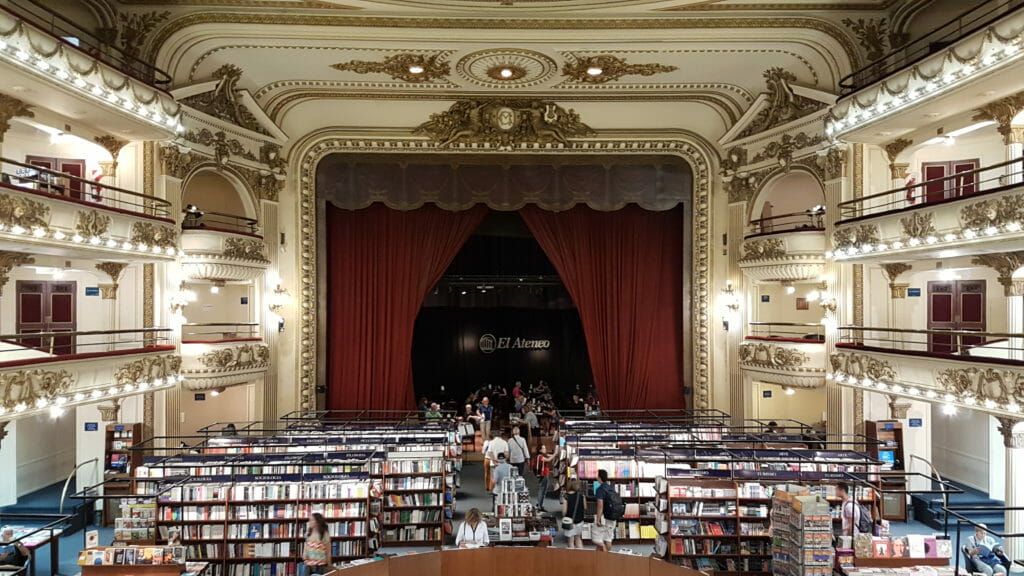
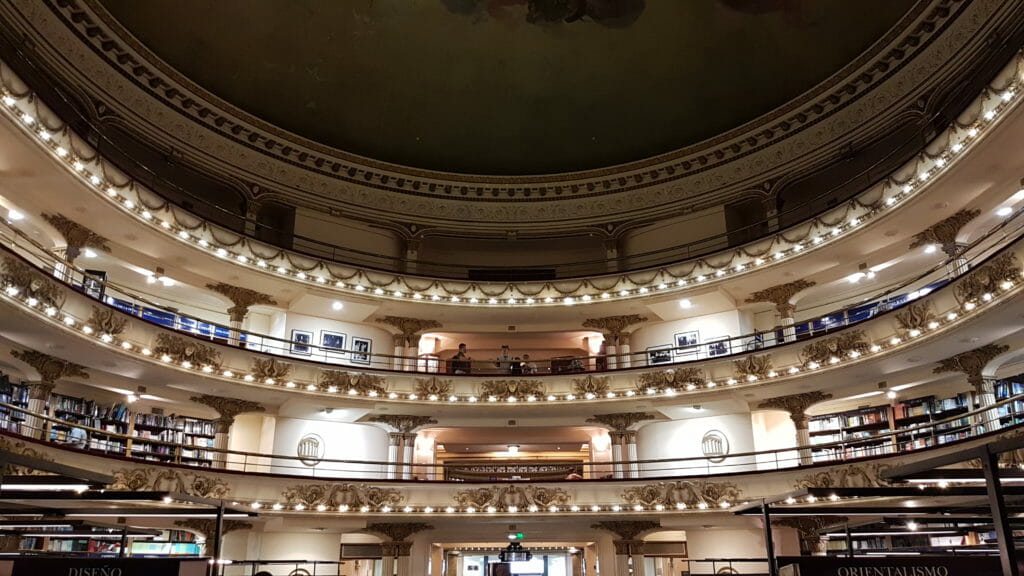
I bought myself a SUBE card for the Subte, which is the name for the metro in BsAs. It is just like the Oyster card in London, and the Octopus card in Hong Kong. I took the train from Las Heras in Recoleta for a tour at the Palacio Barolo in the center.

The building was completed in 1923 and was the tallest building at the time in Latin America. What’s interesting about this building is that there are many elements that pay homage to Dante’s Divine Comedy. You are able to see three sections of the building, which is divided into Hell, Purgatory, and Heaven just for starters. It’s a very educational tour and you can get a taste of the glory days of this wonderful city. Check out the slideshow below by clicking on the arrows or simply click on the image to expand.
[slider ids=”371,385,384,383,382,381,380,379,378,377,376,374,373,372″ captions=”yes” ]
After the tour, I walked all the way back to the Airbnb in Recoleta, which was a long walk but worth it, passing some great buildings including the Teatro Colón, completing a packed first day.

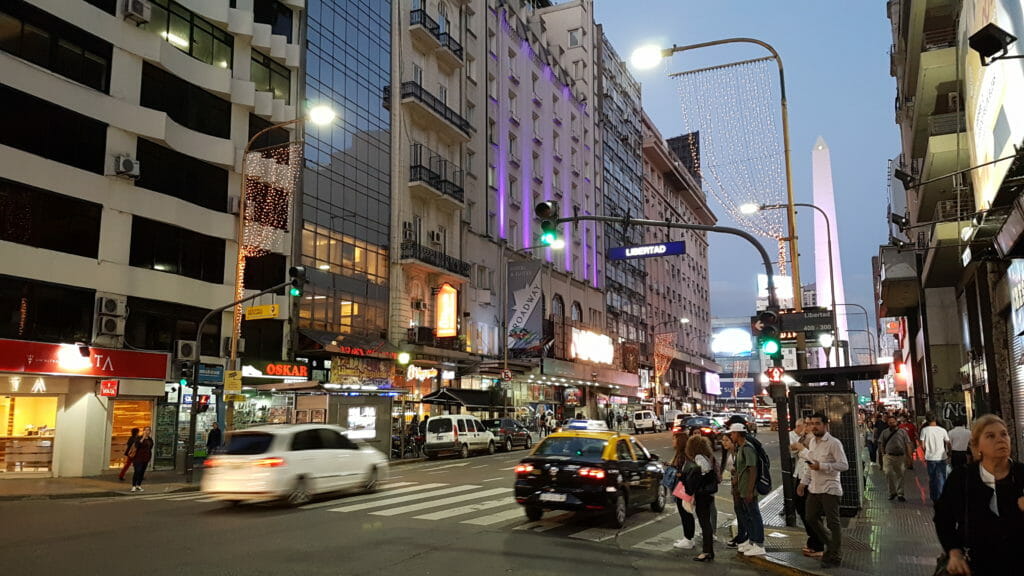
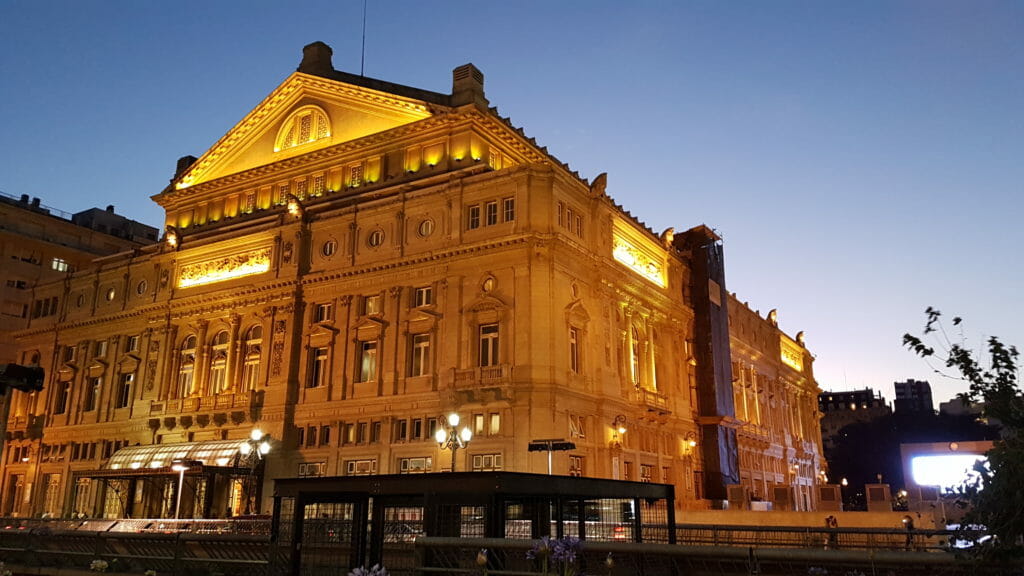
Day 2: Palermo Chico, the Caballito Tram, BsAs Pride, and Food and Games
I woke up super early in the morning to walk two blocks to the Recoleta Cemetery, which is known as the final resting place for Eva Perón or Evita. In addition to Eva Perón, many of Argentine elites including presidents, writers, and scientists. It was just great to walk around without the crowds, and enjoy the experience. I bought a walking guide in PDF which provided more context to what I saw. A link to the guide is at the bottom of this post.
[slider ids=”396,409,414,419,423,424,425,426,427″ captions=”yes” ]
After the walk, it was time to have some breakfast at the famous Café Tortoni. It is basically a tourist attraction and what you get isn’t all that. All I had was coffee, juice, and toast and it cost me 160 Argentine Pesos (approximately $9).

Another Subte ride and a long walk later from Recoleta’s Las Heras station I arrived at Casa Cavia for lunch. This place is in the heart of Palermo Chico, the most upscale neighborhood of Buenos Aires. It houses a restaurant, design shop, flower shop, and a bookstore.
The lunch menu was good, included a main dish, dessert, one pinot noir (Costa & Pampa), and water, all for 580 Pesos (approximately $33). Compared to the breakfast I had, this was a much better experience.
[slider ids=”435,440,439,438,437,436″ captions=”yes” ]
After lunch I went to MALBA and then a walk through the Palermo Chico neighborhood.

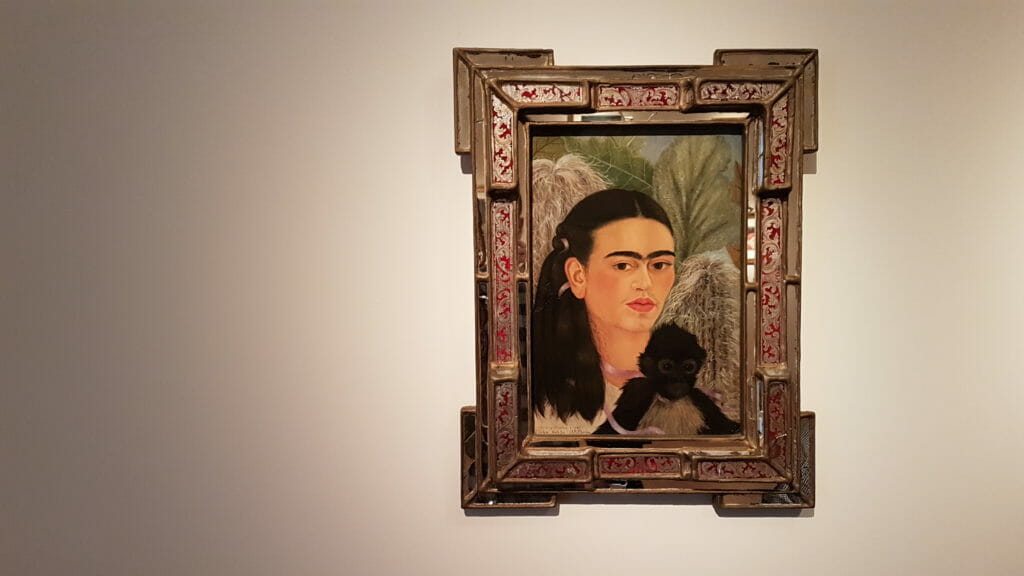



The most fun I had all day was riding the Historic Tramway in the Caballito neighborhood. Since 1980, a group of volunteers have been operating his historic tramway to keep this bit of Buenos Aires’s history alive. On weekends, these trams run a 2-kilometer tramway in the neighborhood, and volunteers explain the history (in Spanish only) of the trams to passengers. The rides are free. On this Saturday families with children are all lined up to take the tram.
In the middle of the tour, they will ask passengers to support the association’s work by purchasing some souvenirs. I bought myself a keychain for 80 Argentine Pesos (less than $5).



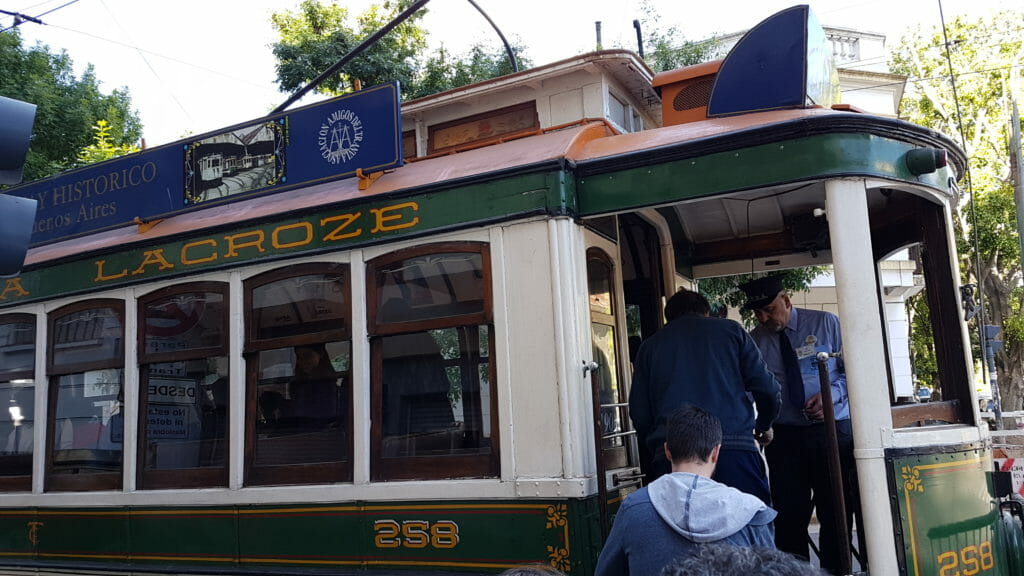
After this I took the tram back to city center and next thing you know I was in the midst of Buenos Aires Pride Parade. It’s great to see that support for LGBT is alive here in the Southern Hemisphere. I didn’t stay long simply because there were just so many people it was almost impossible to move.


I escaped over to the Hipódromo Argentino de Palermo (Palermo Racecourse) for the Wateke festival. It’s a food and drinks event complete with entertainment.
From there I walked all the way back to the Airbnb in Recoleta, since I didn’t want to take a taxi at night. It turned out to be a great walk along the Avenida del Libertador, passing by many residential buildings as well as parks along the way.
Day 3: Morning Concert and Food Festival
Took my time this morning to wake up, and went straight to the Centro Cultural Kirchner for the Sunday morning free concert with the National Symphony Orchestra. The cultural center was the old site of the main post office. The performance was held in the main hall called Ballena Azul (Blue Whale).
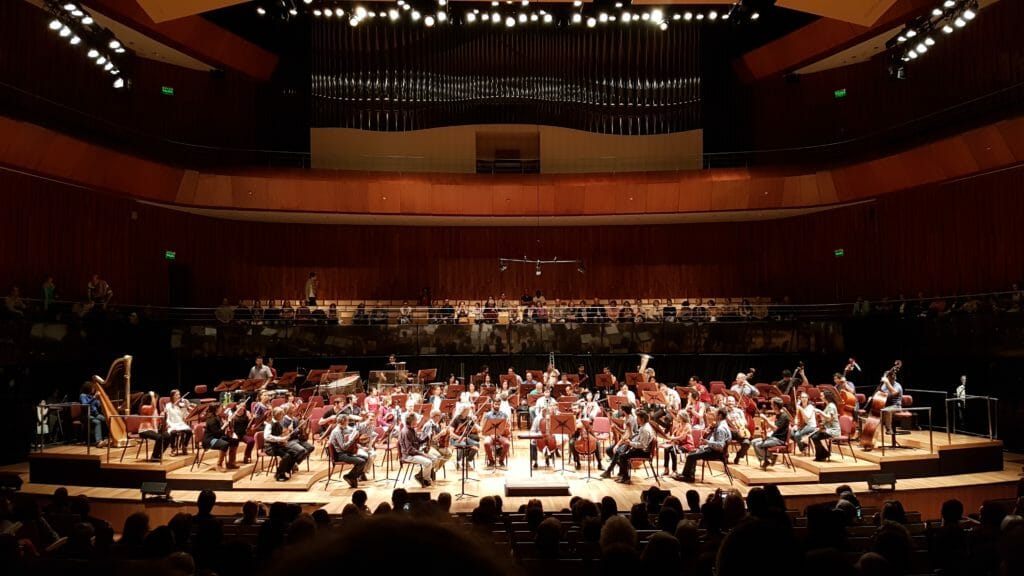
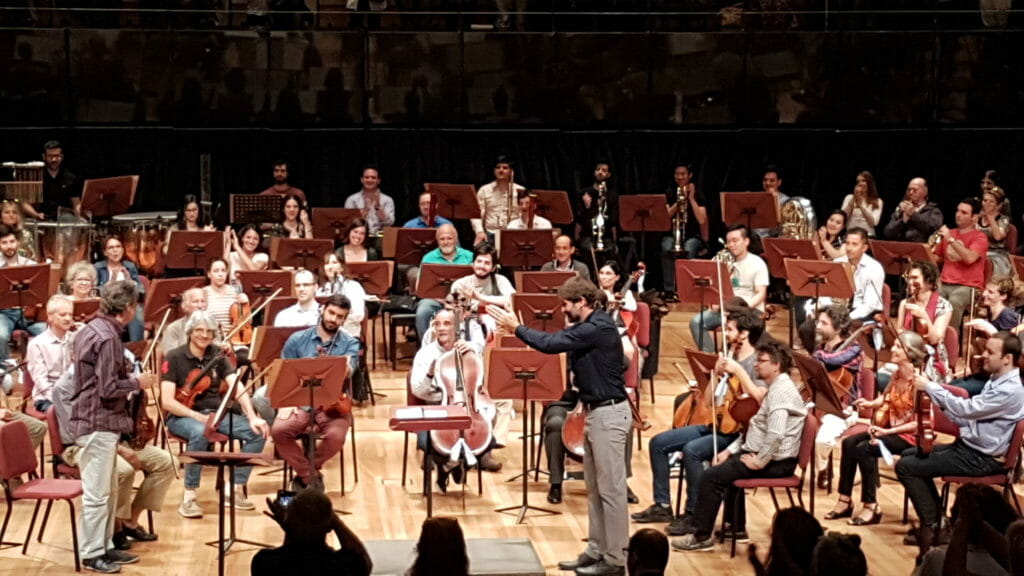
I then got hungry, and went to the the tourist information center at the cultural center, and found out there was a food festival going on close to Plaza de Mayo, so I went. It was a food festival representing all regions of Argentina. I had several empanadas, including this one from Salta.



Then afterwards I walked towards the San Telmo neighborhood, passing by Librería de Ávila, the oldest bookstore in BsAs, and then followed the Paseo de la Historeita, which are streets full of cartoon characters like Mafalda and more stops before resting a bit, and it was time to go home. Check out the slideshow below:
[slider ids=”466,475,474,473,472,471,470,469,468,467″ captions=”yes” ]
After checking out of the Airbnb and said goodbye to my hosts, I actually walked back to the bus terminal by Retiro station and then took the bus back to Ezeiza Airport.
Thanks BsAs for a lovely 72 hours!

Practical Information
Please be reminded that prices in Argentina change frequently due to the currency exchange rates, so prices listed below are only accurate at the time of posting.
Transportation to/from Ezeiza (EZE) Airport: I used Tienda León’s bus services to take me from the airport to their Terminal Madero (which is close to Retiro station), and then we were sent on smaller vehicles to our final destination. You can also choose to take your own transportation from Terminal Madero if you wish, and pay less. Then you’re on your own. Your other choices are taxis. Please note prices change in Argentina frequently, but I paid A$310 for the door-to-door service.
Palacio Barolo Tour: A$255 cash only. Av. de Mayo 1370. Tour lasts 1.5 hours. Reserve your spot for the tour via email and pay them when you arrive.
Recoleta Cemetery: I bought a PDF guide from EndlessMile. Worth every penny. (I am not affiliated with them whatsoever)
Caballito Tram: Only runs on weekends. Check the official site of the Tranvia for the latest information.
Centro Cultural Kirchner: Each Tuesday, Argentines may reserve tickets online for performances that week (national ID numbers are required). Otherwise, arrive early to get tickets prior to performance.
Postcard Rates: to the US, A$73 ($4.14), to Asia A$85 ($4.82)
1 USD = A$17.62, November 2017

